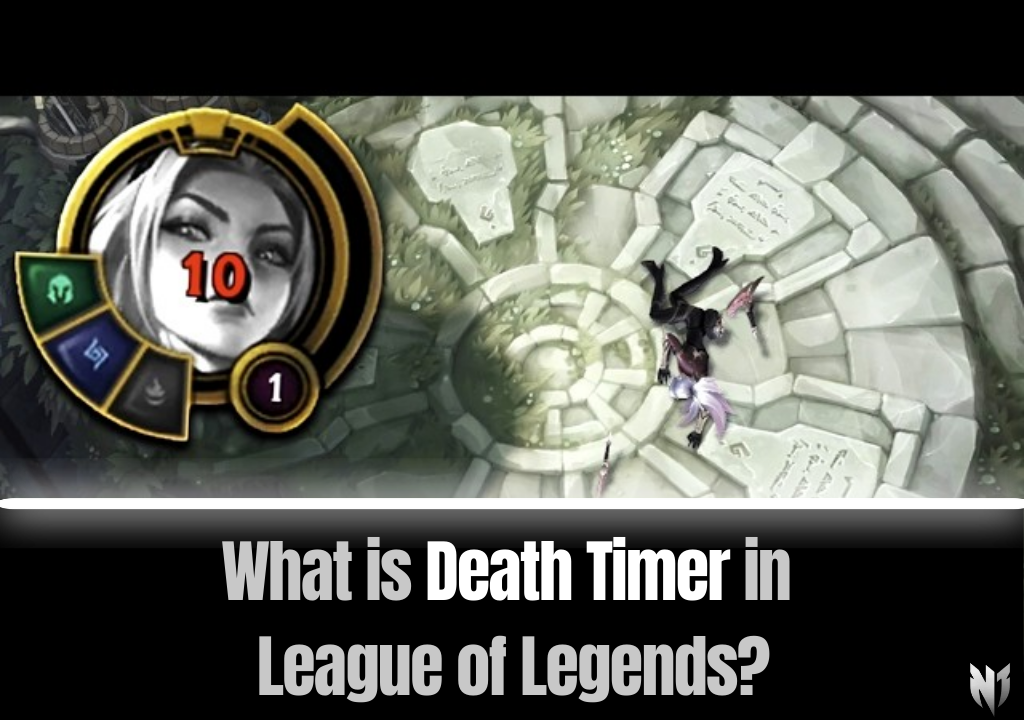

Death timer, also known as a respawn timer, is the countdown that occurs after a champion is killed. During this time, the player must wait before their champion respawns and can rejoin the game. The length of the death timer increases as the game progresses, reflecting the growing significance of each death.
Let's explore the details of death timers in greater detail. We'll discuss how the length of death timers influences the game's dynamics, particularly in the later stages, and the strategic considerations players must make during these critical countdown periods.
The death timer gets longer as the match goes on. In the early game, death timers are relatively short, but in the late game, they can last for a significant amount of time, often exceeding a minute.
Long death timers in the later stages of the game can have a substantial impact on the outcome. A team with one or more members dead for a long duration can be at a severe disadvantage, potentially losing objectives like turrets, inhibitors, or even the Baron Nashor and Elder Dragon.
The length of death timers often dictates the pace and strategy of the game, especially in the later stages. Teams might play more cautiously to avoid deaths, or conversely, they may seek to capitalize on enemy deaths to secure objectives or push for a victory.
The threat of long death timers can make teams more deliberate about engaging in team fights. Losing a major team fight in the late game can lead to significant objectives being lost or even the game ending.
The exact duration of a death timer is calculated based on several factors, including the game's current duration and the champion's level.
Understanding and managing death timers is a crucial aspect of high-level play in League of Legends. Teams must carefully consider the risks and rewards of engaging in fights, especially in the later stages of the game, where the consequences of death are much more significant.
Professional boosting with No Cheats, 100% Refund Guarantee, and Trusted Boosters.